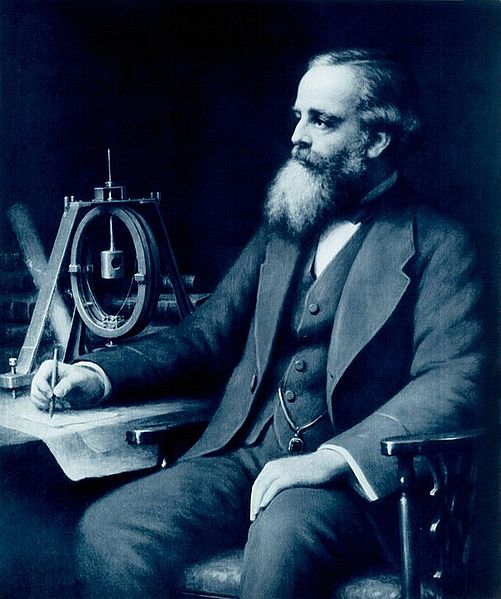Wilhelm Conrad Röntgen was a German mechanical engineer and physicist, who, on 8 November 1895, produced and detected electromagnetic radiation in a wavelength range known as X-rays or Röntgen rays, an achievement that earned him the inaugural Nobel Prize in Physics in 1901. In honour of Röntgen's accomplishments, in 2004 the International Union of Pure and Applied Chemistry (IUPAC) named element 111, roentgenium, a radioactive element with multiple unstable isotopes, after him. The unit of measurement roentgen was also named after him.
Röntgen in 1900
Birthplace of Röntgen in Remscheid-Lennep
Wall art by the house where Wilhelm Röntgen lived from 1863 until 1865 in the Schalkwijkstraat in Utrecht. Made by Jackie Sleper in 2005.
Wilhelm Conrad Röntgen's marble bust at the Deutsches Museum in Munich
Electromagnetic radiation
In physics, electromagnetic radiation (EMR) consists of waves of the electromagnetic (EM) field, which propagate through space and carry momentum and electromagnetic radiant energy. Types of EMR include radio waves, microwaves, infrared, (visible) light, ultraviolet, X-rays, and gamma rays, all of which are part of the electromagnetic spectrum.
James Clerk Maxwell (1831–1879)





